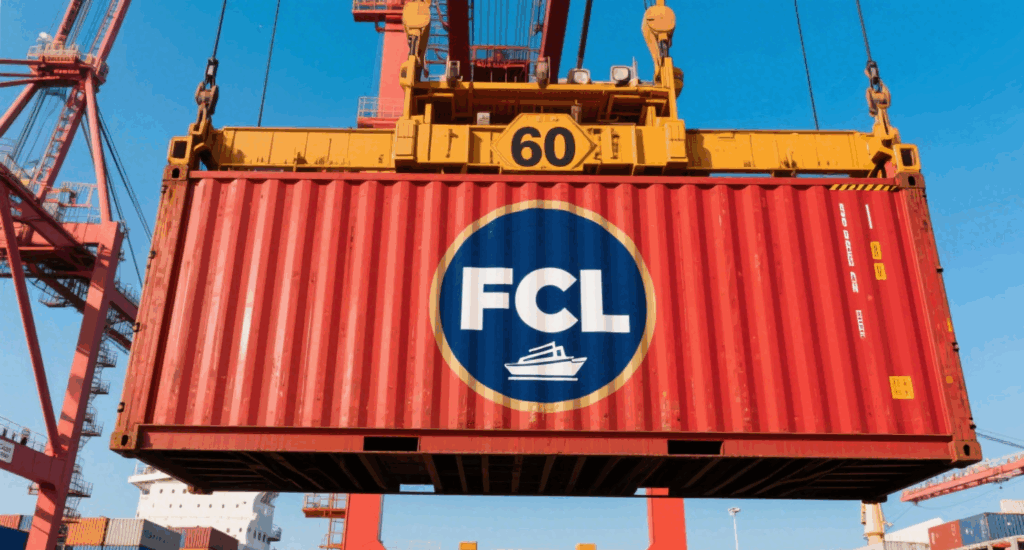The cost of containers from China is one of the biggest concerns for global importers. Prices vary by route, container size, shipping method, and customs duties. Although rates often fluctuate, a clear understanding of costs, documents, and case studies helps businesses plan better. This guide explores sea, air, and rail shipping, with real-world examples to illustrate actual expenses.
What Factors Influence the Cost of Containers from China?
Several elements affect total shipping costs:
- Container size and type: 20GP, 40GP, or 40HQ.
- Origin port and destination: Shanghai to Los Angeles costs differ from Ningbo to Rotterdam.
- Shipping method: Sea freight, air freight, or rail freight.
- Cargo type and weight: Heavy machinery costs more than lightweight textiles.
- Seasonal demand: Pre-Christmas and Chinese New Year raise rates.
- Customs duties and VAT: Vary by country and product classification.
Moreover, global fuel prices, carrier surcharges, and port congestion impact final container shipping costs.
How Much Does Sea Freight Cost from China?
Sea freight is the most affordable option for bulk cargo. Estimated 2025 container rates:
| Route (China → Destination) | 20GP (USD) | 40GP (USD) | 40HQ (USD) | Transit Time |
|---|---|---|---|---|
| Shanghai → Los Angeles | 2,900 | 5,200 | 5,300 | 18–22 days |
| Ningbo → Rotterdam | 3,350 | 6,600 | 6,700 | 28–34 days |
| Shenzhen → Dubai | 3,000 | 5,500 | 5,600 | 15–20 days |
| Guangzhou → Lagos | 4,200 | 7,800 | 7,900 | 36–42 days |
Accordingly, FCL is cheaper per unit than LCL for high-volume cargo.
How Do Air Freight and Rail Freight Compare?
| Method | Avg. Cost | Transit Time | Pros | Cons |
|---|---|---|---|---|
| Sea Freight (FCL) | USD 2,800–5,300/container | 18–36 days | Cheapest bulk option | Slow |
| Sea Freight (LCL) | USD 40–60/CBM | 20–38 days | Flexible small shipments | Extra handling |
| Air Freight | USD 5–9/kg | 3–7 days | Fast, reliable | Expensive |
| Rail Freight | USD 7,000–9,500/container | 18–22 days | Balanced | Limited capacity |
| Courier | USD 8–12/kg | 2–4 days | Door-to-door | Costly for bulk |
To illustrate, air freight suits urgent goods, while sea freight dominates bulk cargo trade.
What Are Typical Transit Times from China?
| Origin Port | Destination | Sea Freight (Days) | Air Freight (Days) | Rail Freight (Days) |
|---|---|---|---|---|
| Shanghai | Los Angeles | 18–22 | 5–7 | – |
| Ningbo | Rotterdam | 28–34 | 6–8 | 20–22 |
| Shenzhen | Dubai | 15–20 | 4–6 | – |
| Guangzhou | Hamburg | 30–35 | 6–7 | 18–20 |
Although sea is slower, it remains the most cost-efficient.
What Customs Documents Are Required?
| Document | Purpose |
|---|---|
| Bill of Lading | Proof of shipment |
| Commercial Invoice | Declares product value |
| Packing List | Cargo details |
| Certificate of Origin | Confirms manufacturing country |
| Import License (if needed) | Required for restricted items |
| Customs Declaration | Mandatory entry filing |
| EORI/VAT number (EU/UK) | For tax compliance |
Missing documents often lead to storage costs and clearance delays.
Real Case Studies: Cost of Containers from China
Case 1: Shenzhen → Los Angeles (Electronics)
- Goods: 20GP container of laptops (15 tons)
- Mode: FCL sea freight
- Cost: USD 2,950
- Transit time: 20 days
- Result: Saved 32% compared with air freight.
Case 2: Ningbo → Hamburg (Furniture)
- Goods: 40HQ container of office furniture
- Mode: FCL sea freight
- Cost: USD 6,700
- Transit time: 33 days
- Result: Consolidating suppliers reduced costs by 20%.
What Are the Pros and Cons of Sea vs Air vs Rail?
| Method | Pros | Cons |
|---|---|---|
| Sea Freight | Cost-effective, high capacity | Long transit time |
| Air Freight | Fast, secure | High cost |
| Rail Freight | Balanced speed & cost | Limited routes |
| Courier | Convenient | Too costly for bulk |
Therefore, choosing the right method depends on urgency, budget, and cargo size.

How Can Importers Reduce the Cost of Containers from China?
Cost-saving strategies include:
- Book shipments early to avoid peak surcharges.
- Use FCL instead of LCL when possible.
- Compare multiple freight forwarders for competitive rates.
- Leverage Incoterms (FOB often gives more control).
- Consolidate orders to fill containers efficiently.
To summarize, importers can save up to 25% annually through careful planning.
Should You Choose FOB, CIF, or DDP?
| Term | Responsibility | Buyer’s Risk | Cost Impact |
|---|---|---|---|
| FOB | Buyer arranges freight | Medium | Flexible |
| CIF | Seller arranges freight | Low | Higher |
| DDP | Seller covers duties & delivery | Very Low | Highest |
On the other hand, FOB is often the best choice for cost transparency.
Conclusion
In conclusion, the cost of containers from China depends on container size, shipping method, and destination. Sea freight remains the most cost-effective option, while air and rail offer faster alternatives for urgent cargo. Real case studies prove that early booking, consolidation, and FOB terms significantly reduce costs.
Without a doubt, understanding costs and partnering with reliable forwarders ensures smoother logistics and greater savings in global trade.
- Consult TJ China Freight Forwarding for the lowest quote. They will provide you with reliable, cost-effective service.
FAQs
Q1.How do I estimate the cost of containers from China accurately?
Request quotes from multiple freight forwarders, comparing container sizes, routes, and Incoterms for the most precise cost.
Q2.What is the cheapest way to ship from China internationally?
Full container load (FCL) sea freight provides the lowest per-unit costs for high-volume shipments compared with air freight.
Q3.How long does customs clearance usually take?
Clearance requires 1–3 days if documents are correct, though inspections or missing paperwork can extend the process.
Q4.What is the fastest way to move goods from China?
Air freight is the fastest, usually 3–7 days, making it ideal for urgent and high-value shipments.
Q5.Can freight forwarders consolidate small LCL shipments?
Yes, forwarders combine multiple shipments from different suppliers to reduce container costs and improve efficiency.





